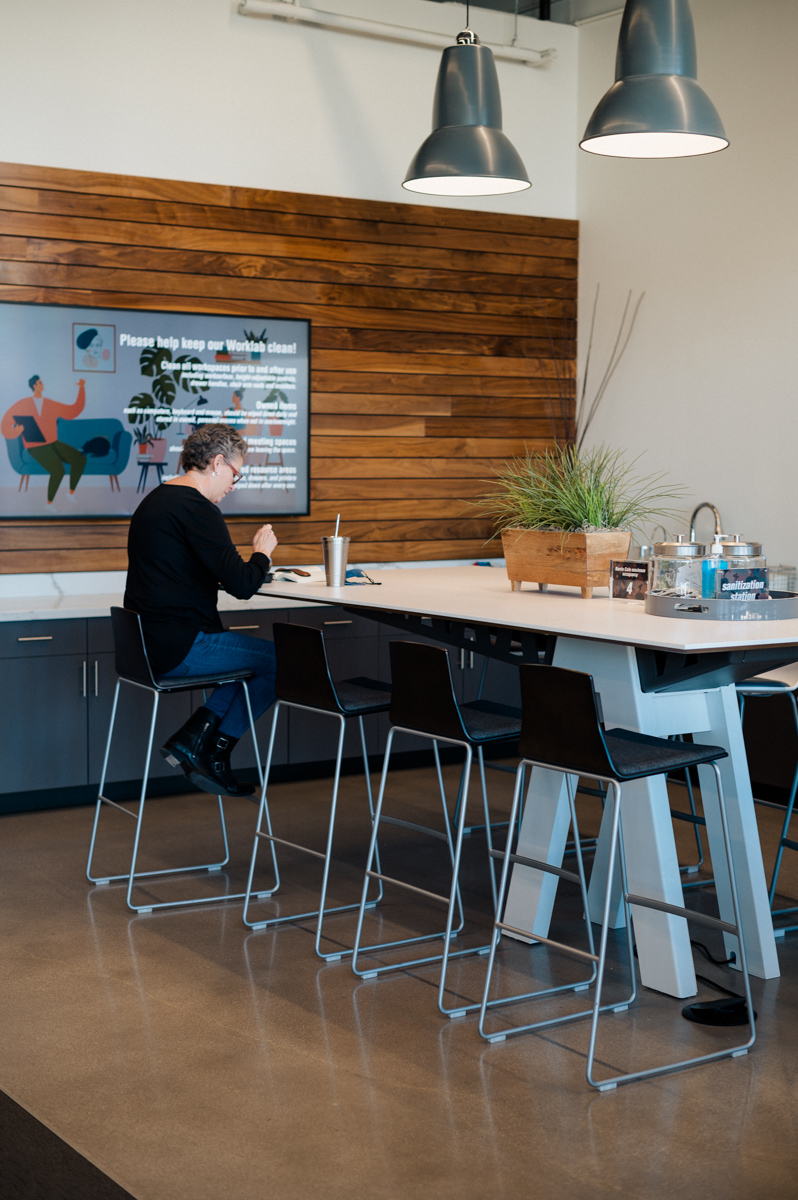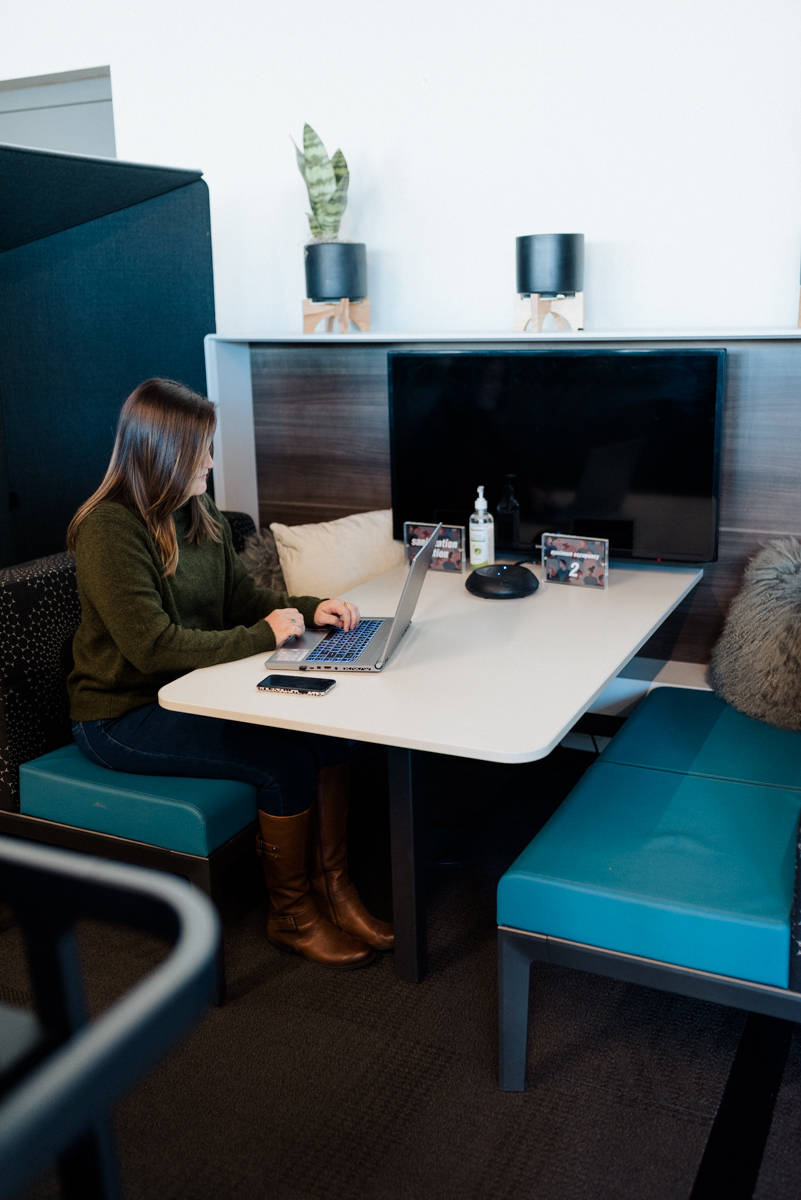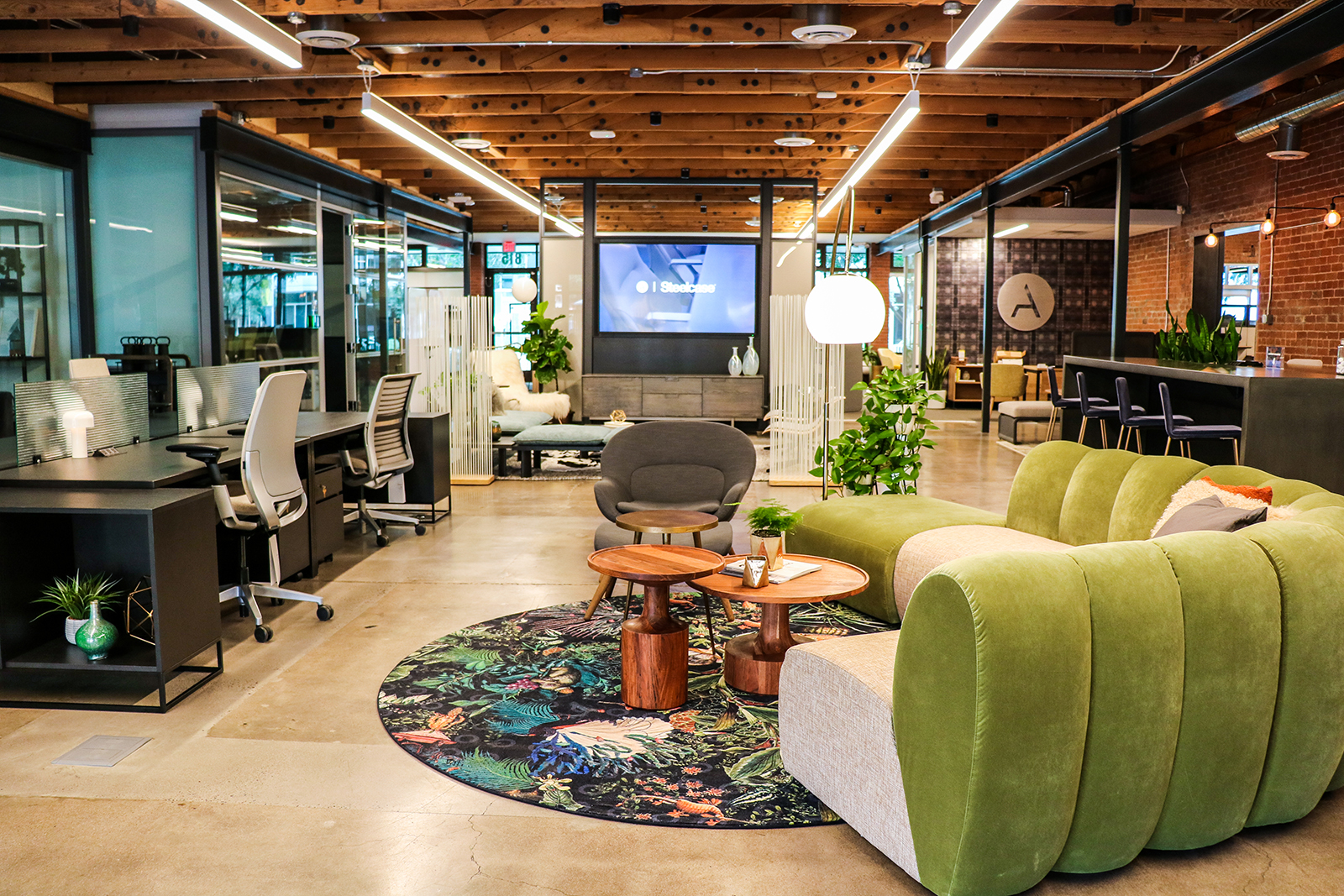As organizations regain their footing and compete for the workforce of today and tomorrow, many are considering hybrid workplace solutions—where a portion of the workforce periodically works outside the office. This concept has emerged as a favorable way to balance worker satisfaction with well-being, especially given the extent of uncertainty we’ve experienced. For additional reading, we recommend—
- The Conference Board’s The Reimagined Workplace a Year Later report to learn about the dramatic shift in remote work
- SHRM’s recent article on labor market volatility, Worker’s are Quitting in Record Numbers
The hybrid model can offer flexibility that matches worker expectations and fluid business conditions. And as pandemic effects change or lift across our personal and professional lives, our understanding of productivity is also becoming more nuanced.
Like any business strategy, implementation of a hybrid approach can and should be tailored to specific and unique needs. Our own hybrid approach encouraged our team members to connect frequently to help sustain our sense of togetherness, and we maintained regional schedules to ensure in-office presence.
In a Work Better Series article from Steelcase, Real Questions, Real Answers About Hybrid Work, a panel of experts break down some of the complexity hybrid imposes, and offer some insights and solutions, such as how to balance choices and expectations and help workers find a rhythm for work and for social engagement.
‘Making the small connections count’
In a recent article by McKinsey, What executives are saying about the future of hybrid work, they note the value of frequent interactions to keep colleagues close and productive. We were also delighted they mentioned the role of the workplace—
As executives look to sustain pandemic-style productivity gains with a hybrid model, they will need to design and develop the right spaces for these small interactions to take place.
As our clients are reimagining their own spaces and ways to meet hybrid expectations, we offer a no regrets approach to solve for now, near and far issues to alleviate concerns over miscalculations. For example, we can refresh a café space to offer a more compelling place to gather, recharge, and work. Or for a larger project, we emphasize modular components and financing solutions that are inherently adaptable and lower risk.
Another common technique is to braid the physical and digital experience together, integrating technology into the environment in a more organic way. This can help people focus on each other, not the technology, by creating a sense of equity among meeting participants regardless of their location, and a calming effect for workers who may be emerging from the safety of a home office space. Following are a few examples—

In our café space in Tucson, AZ, technology is part of the scenery.

Elsewhere in the Tucson office, technology is available in a cozy setting for small gatherings, where eye-level connections are more important.

In our Phoenix space, technology is used as a central feature, but the surrounding textures and shapes balance the digital vibes with a distinctly organic aesthetic. By offering a variety of settings to work in that help close the digital distance, people can connect more comfortably and productively.
These, and a host of other collaboration ideas, can help leaders provide a more enticing and engaging experience for their hybrid workers.
Watch a webinar on Hybrid Workplaces
Presented by Steelcase on June 23, 2021: Global leaders in finance, technology and the workplace join the webinar panel to share strategies and learnings about how they are bringing people back to a hybrid workplace.

